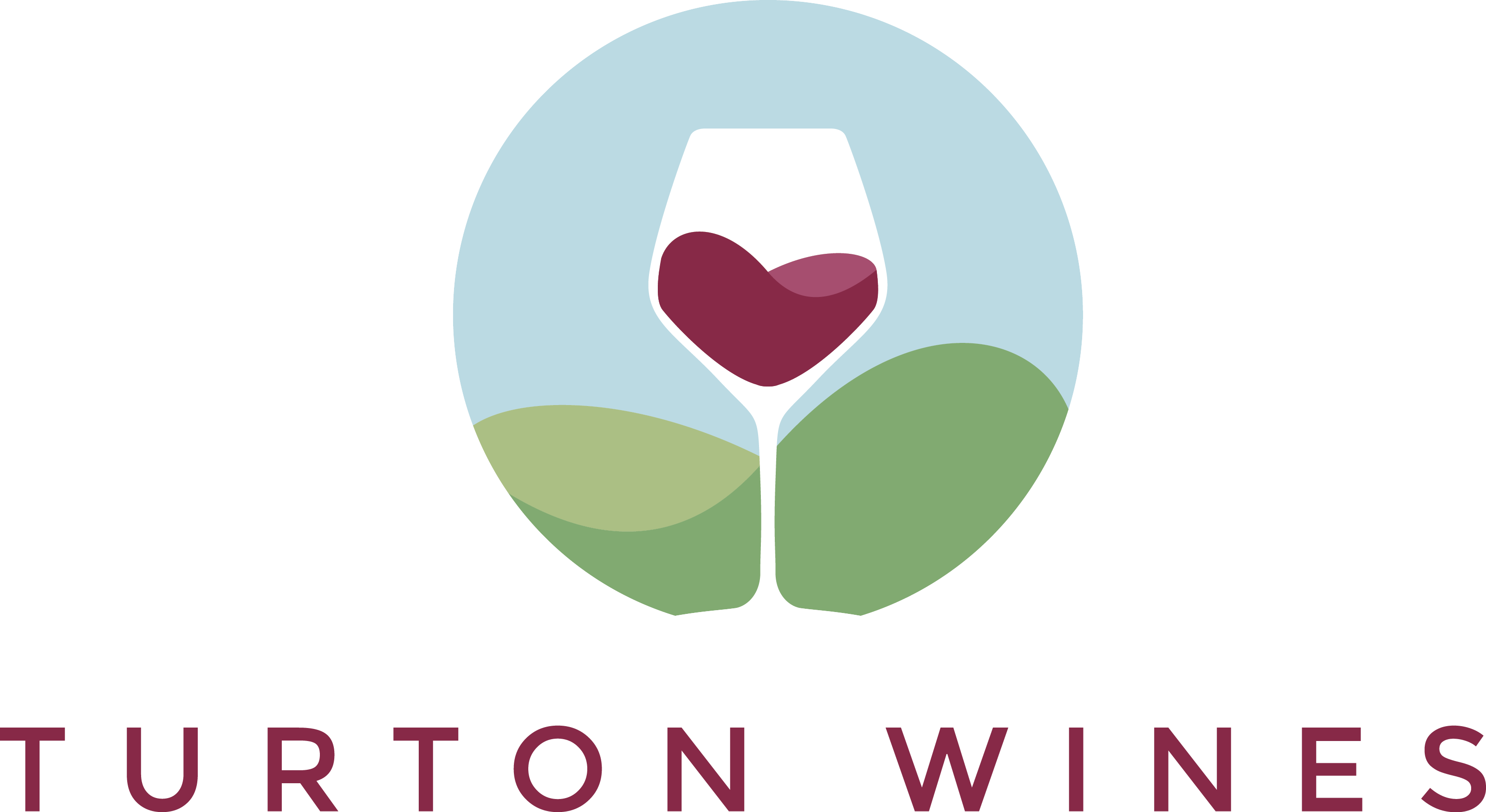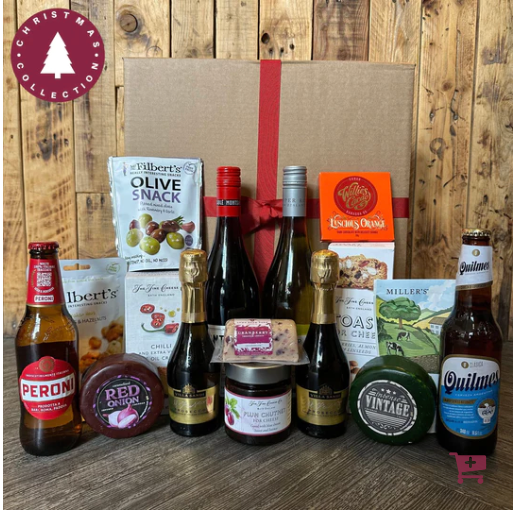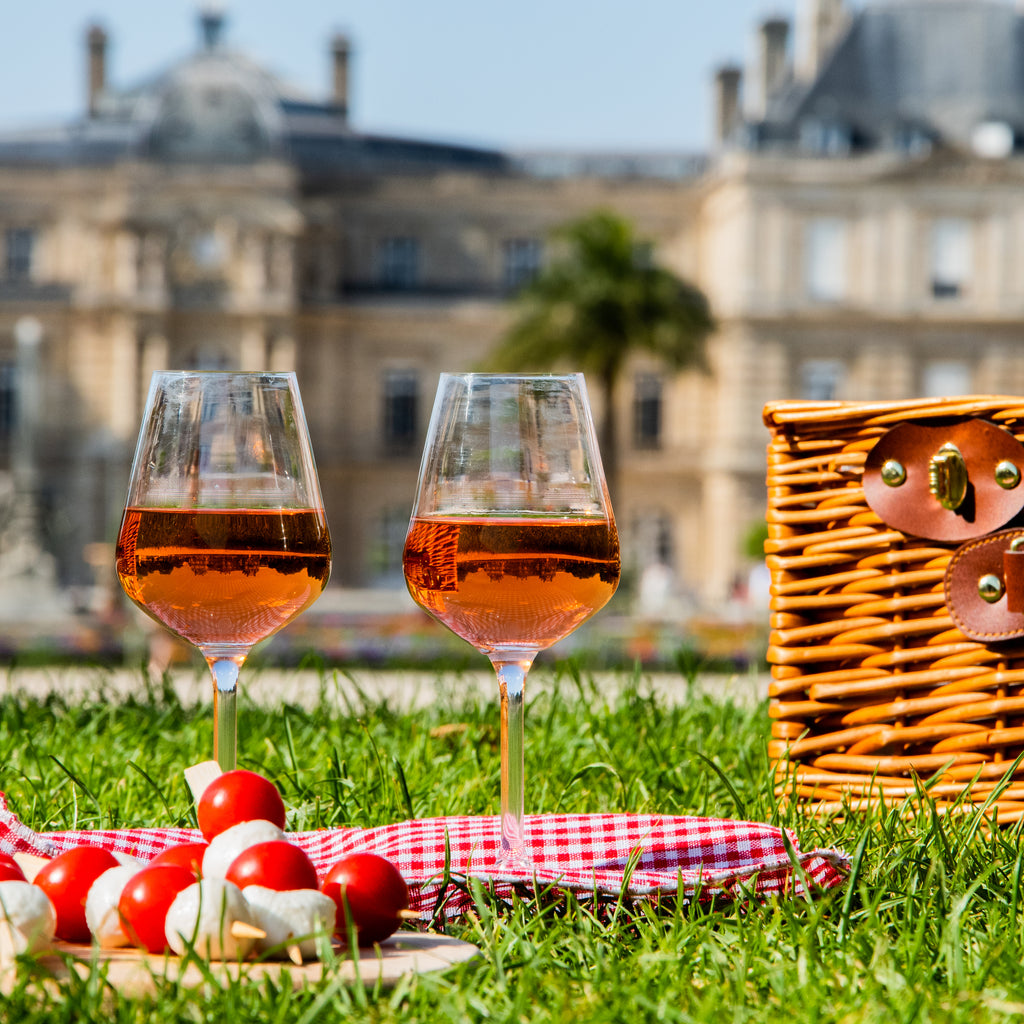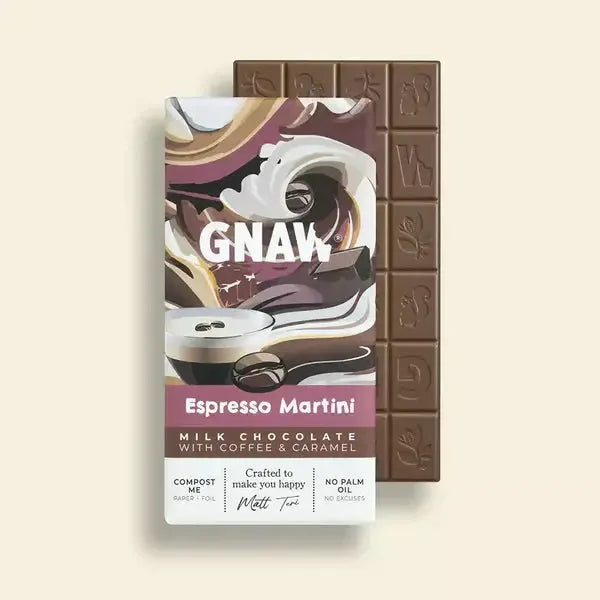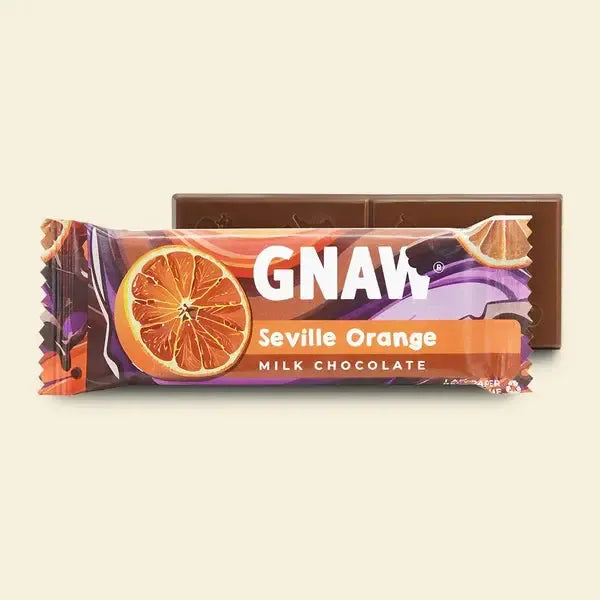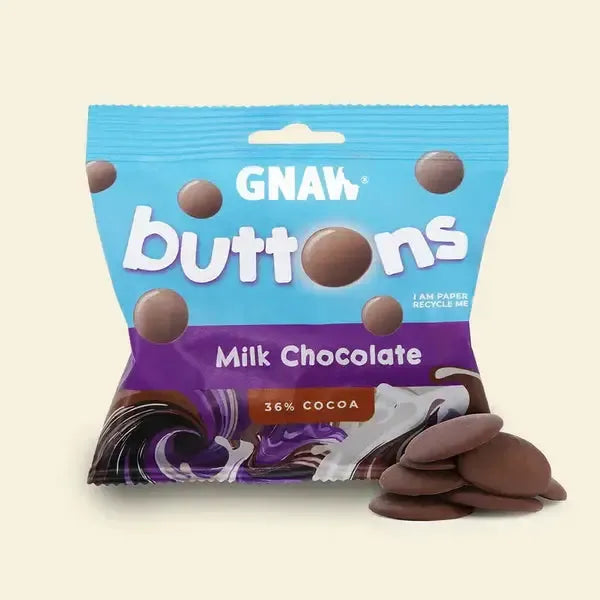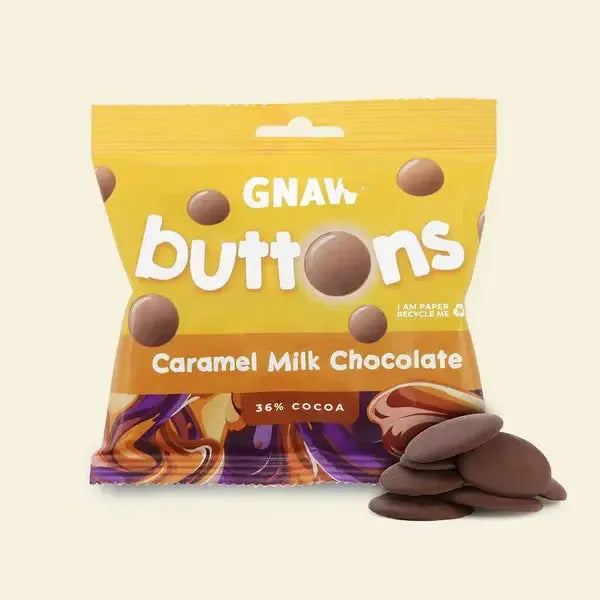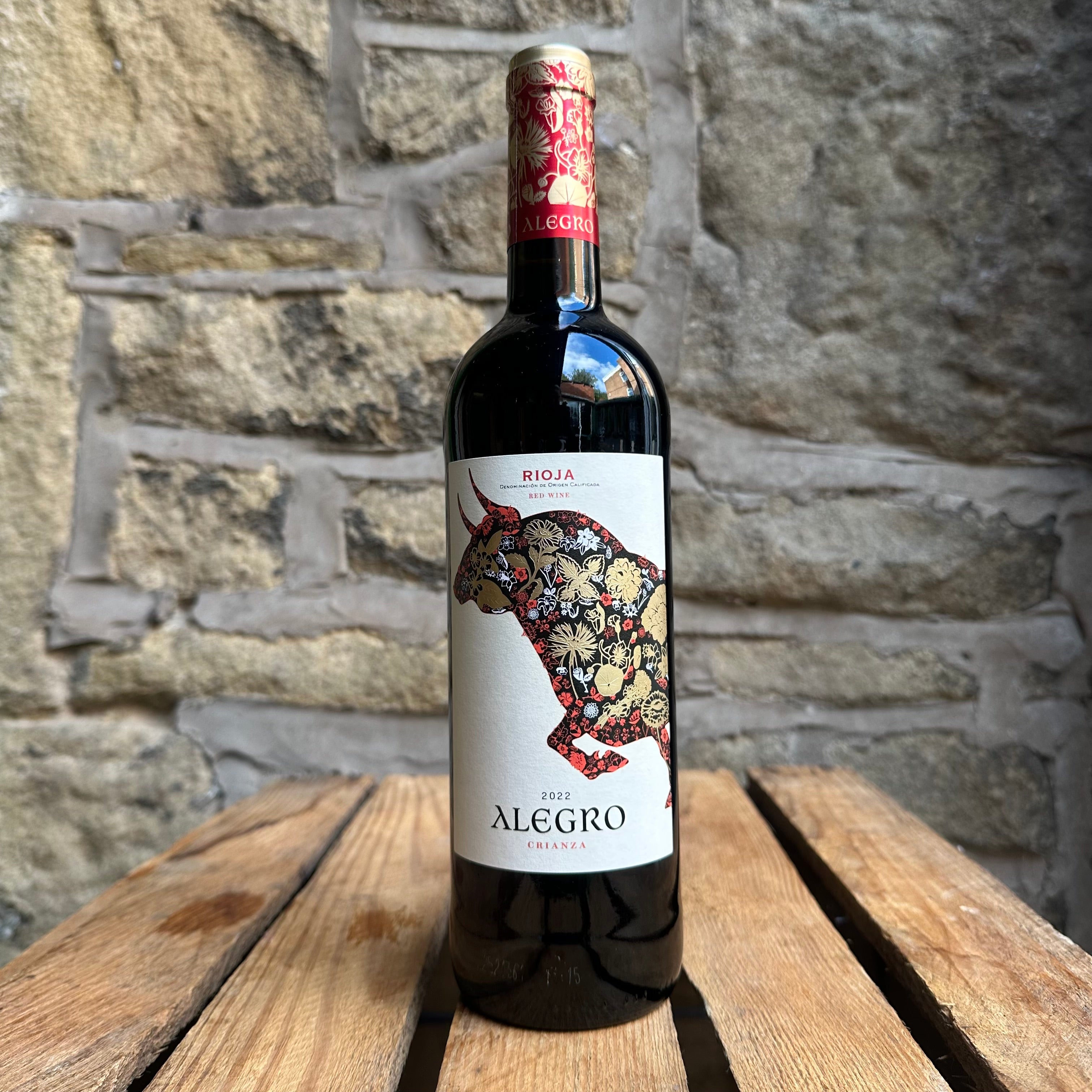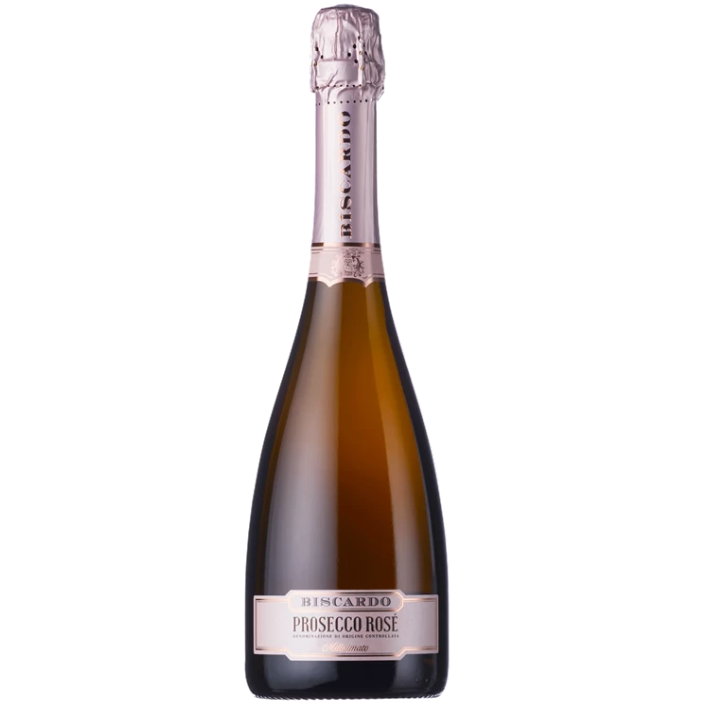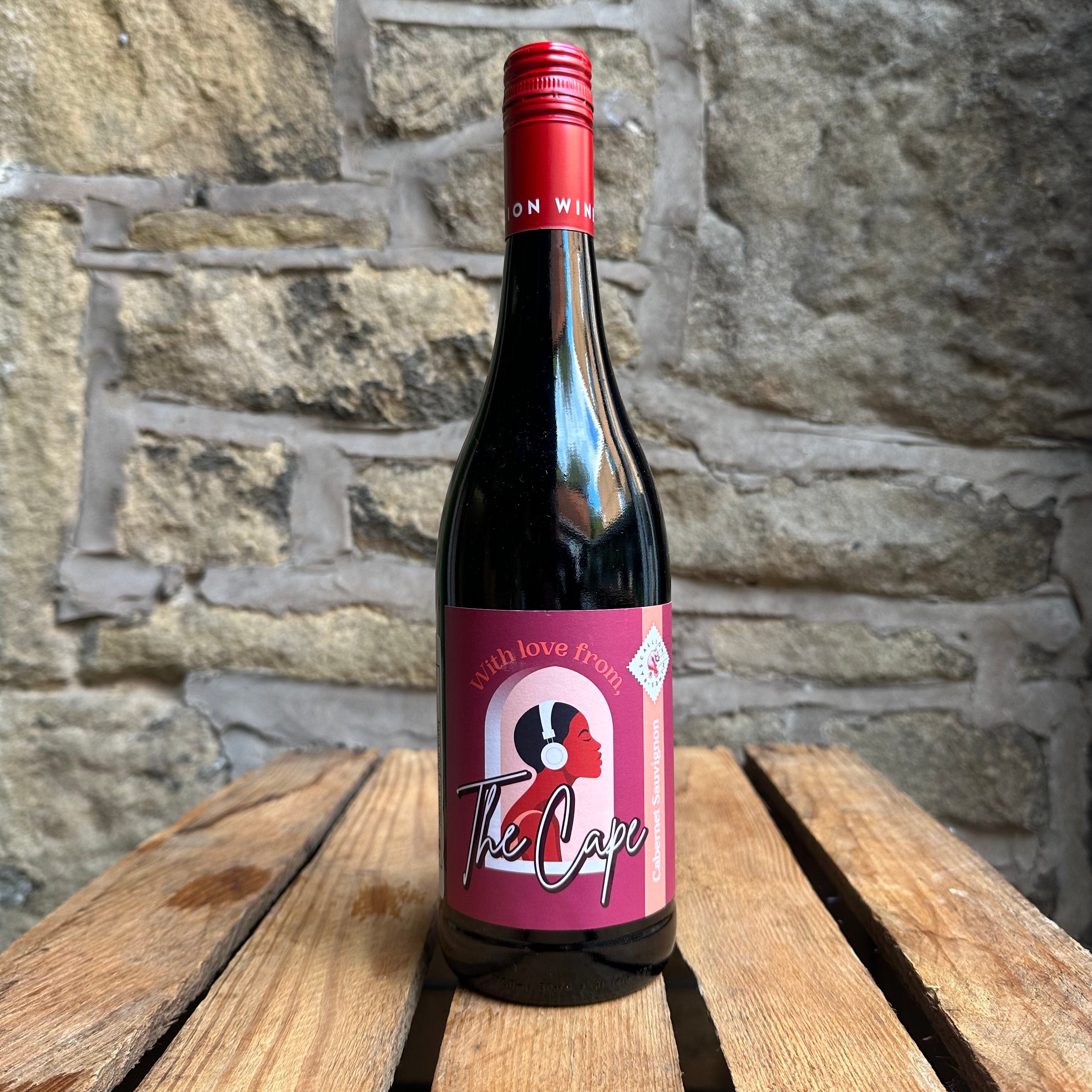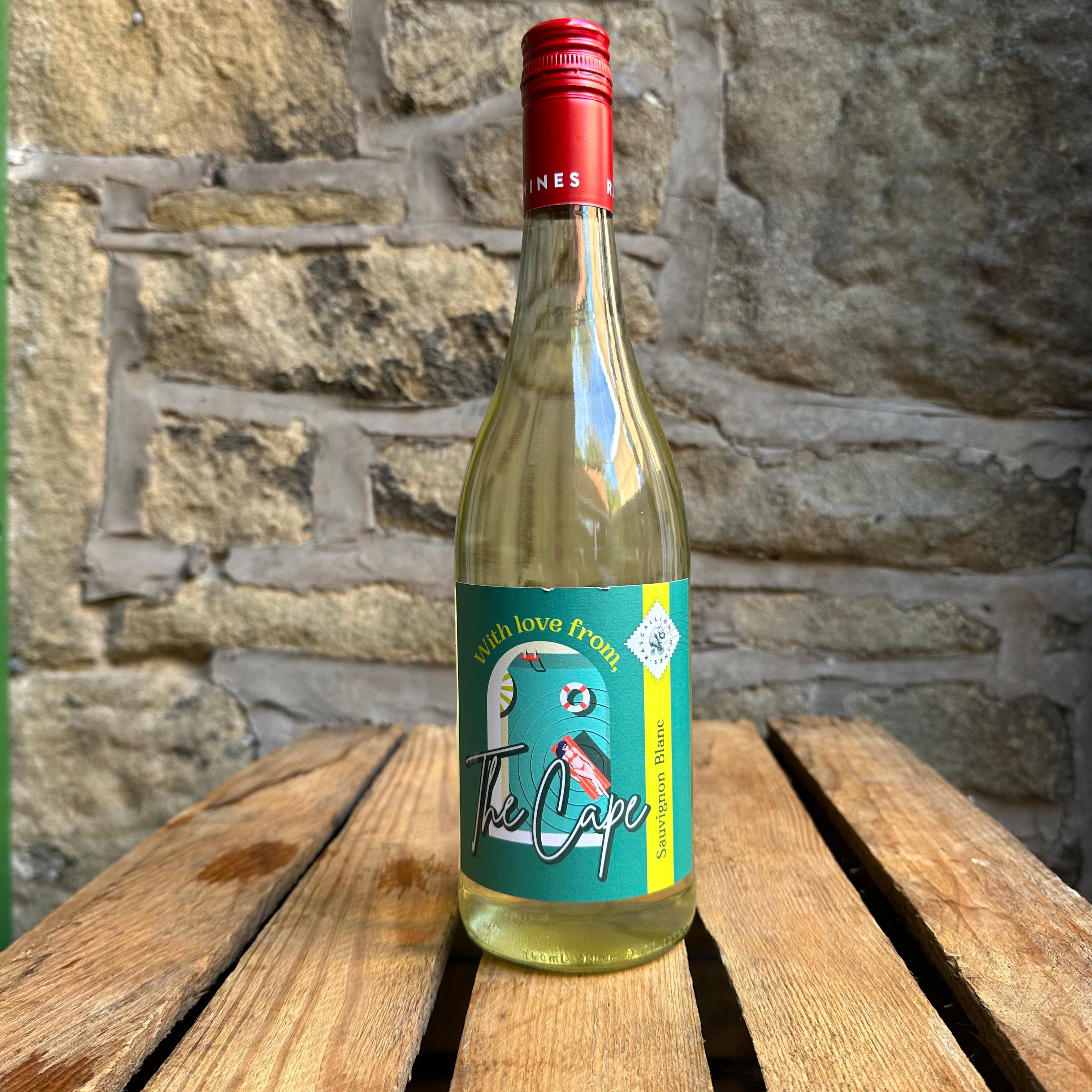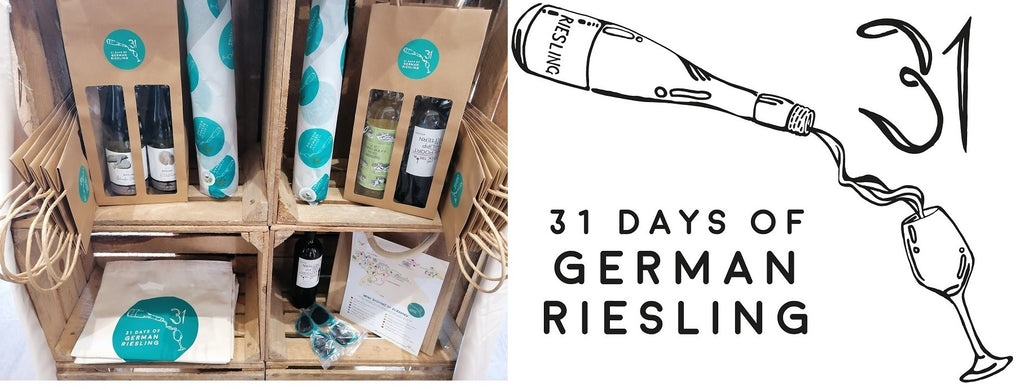
31 Days of German Riesling

With a focus over the past decade from the best German producers to bring out the best of this grape in a contemporary style, Riesling has been revived. We at Turton Wines are enjoying this well-deserved recognition for a grape that has unrivalled versatility and amazing breadth of possibility on the palate. We celebrate 31 days of Riesling with Wines Of Germany this month, and take a look at why you should revisit this truly noble grape.
WHAT TO EXPECT FROM A RIESLING
Dry and off-dry Riesling wines have gained a worldwide boost in popularity over recent years with great leaps made in creating modern and highly drinkable wines. Simply labelled as 'Trocken' or 'Halbtrocken' respectively, they can honestly reflect the soils and micro climate of the vineyards and are a solid expression of terroir.
Riesling wines can range from dry through to sweet, though the characteristics of the grape bring through typical profiles, with elements accentuated or added dependent on sweetness and ripeness at harvest. Green apple and lime are common, with other citrus accents such as lemon, grapefruit, pineapple and sometimes nectarine and peach shining through. Floral aromas are always present and can encompass lily, rose petal, and citrus blossom. Levels of flint minerality will depend on region, youth, and treatment, with famous honey and petroleum flavours shining through in mature, textured wines, alongside sweet raisins and apricot.
CLASSIFICATIONS
We take a look at some Qualitatswein Riesling wines from Mosel to sample later, but first let's quickly look at some of the Prädikatswein classifications to look out for. This system has six categories that indicate the ripeness of grapes when harvested. This may sound unusual, but it denotes the level of sugar present in grapes when selected and influences the resulting wine, with those picked earlier showing the lightest body and a more delicate profile. This does not necessarily correlate to the final dryness of a wine, but instead gives an idea of the wine character.
KABINETT denotes the least ripe grapes at harvest for the lightest concentration and delicacy of the final wine, with lower abv and most typically off-dry. Profiles often include crisp apple, citrus and spring blossom notes.
SPATLESE denotes grapes picked late in harvest season, giving time to develop fullness and concentrated flavour. Final wines can be anywhere from dry to sweet, but always show more body and intense flavours. Think riper apple and lime with touches of honey and orange zest.
AUSLESE denotes the careful selection of very ripe clusters of grapes. Again, the resulting wine can be dry to sweet, but the term indicates careful harvesting to bring not only premium quality, but perfection in flavour. Ripe orchard fruit, summer flowers and good body.
BEERENAUSLESE denotes the selection of individual, overripe grapes from specific clusters, for use in remarkably sweet wines. As inferred by the category of dessert wines, these wines pair perfectly with fruity desserts.
TROCKENBEERENAUSLESE denotes overripe grapes that have been allowed to dry and shrivel on the vine before selection. This maximises flavour concentration and sugars for rich dessert wines of peach, quince and honey.
Finally, EISWEIN uses grapes left on the vine during colder months and picked when frozen, usually at night or the early hours of the morning, This highly concentrates flavours and sugars, producing an equally sweet dessert wine.
TERROIR & THE MOSEL REGION
Germany's wine regions, although all cool climate, span a wide range of micro climates and soils, with terrain that can be mountainous, river valleys and rolling hills. One of the best qualities of Riesling is the ability of the vines to absorb and reflect their terroir quality and reveal a plethora of flavours and aromas.
All regions benefit from slopes exposed to the south or south-west in protected river valleys, where vines gain excellent drainage and maximum exposure to the sun. MOSEL is the most renowned region for Riesling where slate soils add heaps of minerality, as well as classic petrol-like touches and honey in sweeter, riper examples. One of our favourite regions for drier styles, look out for the term 'Schiefer Steillage' (Steep Slate) on the bottle.
Lothar Kettern Pirat is from the area of Piesport in Mosel, and is an an engaging family owned winery. Their aim is to maintain high quality, traditional styles of wine whilst producing in a modern way with holdings in some of the most premium vineyards. The best of their grapes and part-oaking creates an excellent wine of quality.
Fio is a fascinating project between 3 winemakers from Lothar Kettern and Portugal's Niepoort Wines. They purchased a new Riesling vineyard with the creation of modern, dry wines in mind. Their Fio Fabelhaft also hand harvests grapes from Piesport but with no oaking for lots of dry minerality. Their Fio Ratzelhaft is an older sibling to the lighter Fabelhaft. Ratzelhaft maintains the freshness yet provides a riper, weightier style from part-oak ageing and both elements spending year on lees.
Weingut Max Ferd Richter has a 300 years history of viticulture in Mosel, producing some of the finest wines. Their Estate Riesling is produced from young vines, with grapes fermented in old German oak barrels. The fullness of texture balances exceptionally zesty flavour. They also produce a sumptuous sparkling Riesling, Patrizier-Haus Sekt. Hand harvested grapes go through a secondary fermentation with the Cuvée Close method (Charmat) for a fresh and lively Extra Dry.
Finally from Mosel, Reh Kendermann Schiefer Steillage is part of their Terroir range, proudly representing the regions of origin. Unoaked, it is the height of elegance in an off-dry Riesling from the area. For a comparison, one may wish to try their Kalkstein Riesling from Pfalz, which shows the grape expression from this mild region's chalk-limestone soils created by the lime reefs pf the prehistoric ocean that bordered it.
Don't forget that there are fantastic examples of Riesling wines from all around the world, with unique micro climates and terroirs of countries such as New Zealand, Chile and Australia. Our online shop features full wine profiles, so take a look at more Riesling wines here.
We hope we've given you some insight into this fantastic grape and ideas on what to try next. Help celebrate 31 Days of Riesling with us!
